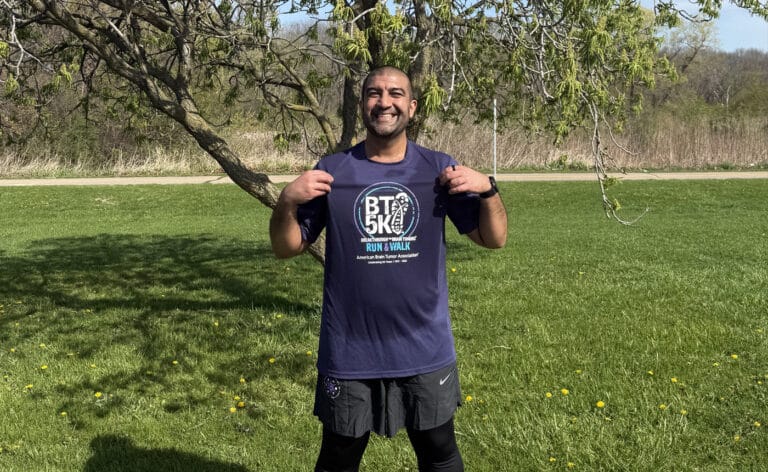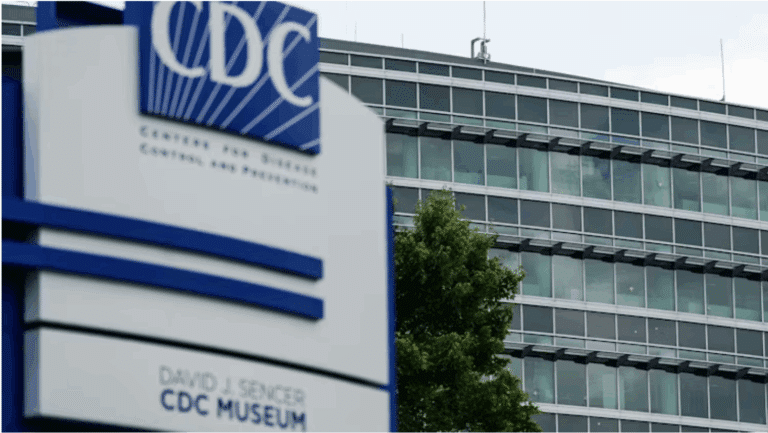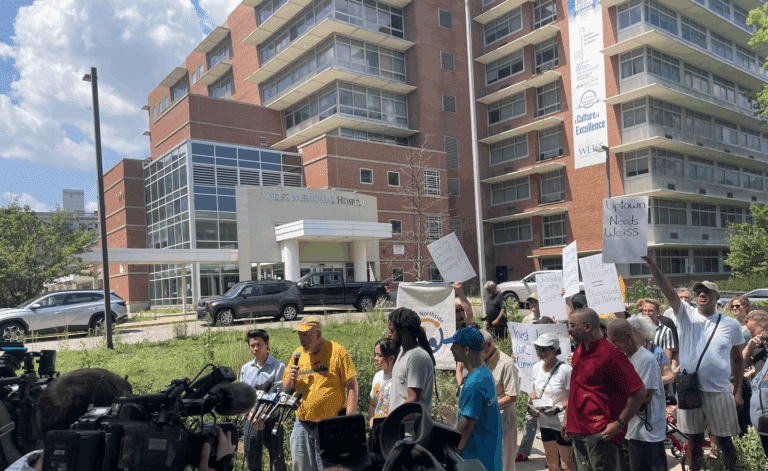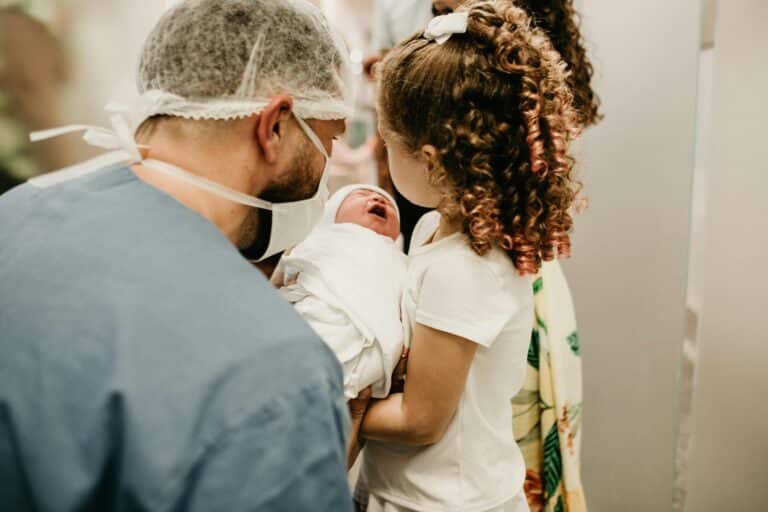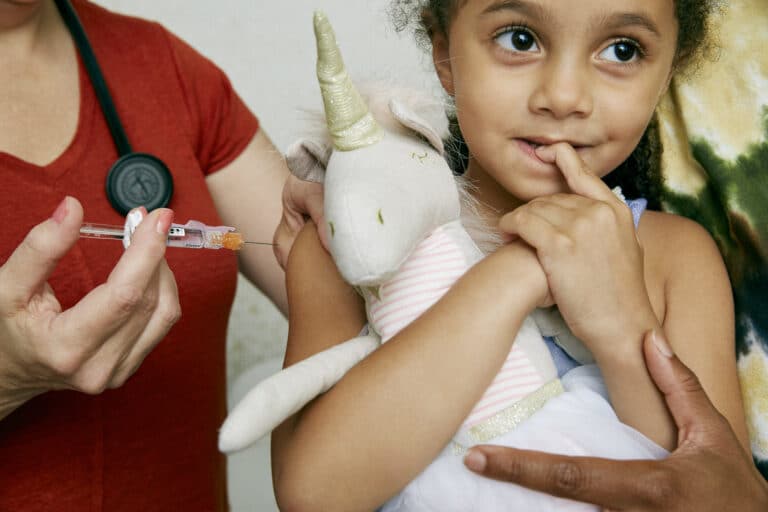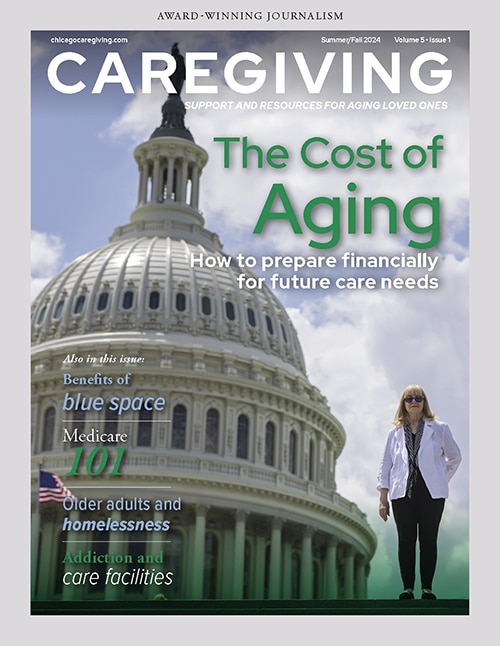Advancements in radiation are changing the field, but many people remain worried about treatment
Kevin Connor, a 51-year-old Chicago resident, faced a daunting decision this past year when he was diagnosed with prostate cancer. Despite a troubling family history and his own deep-seated fears, Connor was at first adamant about avoiding treatment.
“I remember telling my wife, just before her birthday, that I wasn’t going to get any treatment,” Connor says. His reluctance stemmed from witnessing the toll cancer treatments had taken on close friends, his former spouse, and his father, who succumbed to brain cancer in 2019. “It was a mental thing. We were a busy family at the point of my diagnosis,” Connor says. He and his wife were navigating life with four daughters. “I didn’t want health to be a distraction.”
However, Connor’s perspective shifted when he connected with cancer specialists at City of Hope.
Despite his initial refusal to consider chemotherapy or radiation, radiation oncologist Kevin King, MD, persuaded Connor to try a hormone chemotherapy pill as a preparatory step. “I didn’t take it for two weeks,” Connor says. “But after talking with Dr. King, I agreed to start.”
People diagnosed with cancer often face a difficult decision about their treatment options, King says. While medical oncology (chemotherapy, targeted therapies, and immunotherapy) and surgical oncology (tumor removal) are well known, radiation oncology remains misunderstood and underutilized due to lingering misconceptions.
“About half to two-thirds of cancer patients will receive radiation at some point,” King says, emphasizing that radiation therapy can be critical for definitive treatments like early-stage lung cancer or for palliative care to improve quality of life. However, patient hesitancy persists, often due to outdated information and fear of severe side effects.
“External beam radiation therapy is a focused treatment that is not systemic,” King says. “Patients are not radioactive; they will not be glowing green. We can’t give them any superpowers, unfortunately.”
Radiation therapy has dramatically evolved over the past 20 years. “We can now target tumors with millimeter precision, minimizing damage to surrounding healthy tissues,” King says.
Modern techniques have significantly reduced side effects, such as skin toxicity, which used to be a significant concern for breast cancer patients. King adds, “Patients rarely experience the severe skin reactions seen in the past.”
Connor had anticipated plenty of severe effects. “I knew it was going to blow my body up,” he says. However, the experience was far more manageable. “It went better than expected. The staff was great, and the treatment lasted maybe 10 minutes each session.”
Gaurav Marwaha, MD, radiation oncologist at Rush Health, says, “People hear the word ‘radiation,’ and it creates a level of fear or concern that it’s something that could be harmful or toxic to someone’s body.” Public awareness of radiation disasters, such as Chernobyl, exacerbates this fear, he says. “There’s a little bit of fear of the unknown and what it could mean.”
According to Marwaha, advancements in image guidance have been a game-changer in the field. “Our ability to visualize the tumor or the target has gotten much, much better over the last five or 10 years,” he says. This new technology allows real-time adjustments to ensure the radiation precisely targets the tumor, reducing the impact on healthy tissue. As a result, higher doses of radiation can be administered to smaller tumors, sometimes in a single treatment session, significantly improving patient outcomes.
Marwaha says the Covid-19 pandemic also accelerated the evolution of radiation treatment strategies, reducing the number of sessions needed. Historically, certain cancers required 30 or more treatments, but physicians now can treat them in just a handful of sessions or in some cases even a single day. “It’s a game-changer,” Marwaha says, particularly for patients who travel long distances for treatment.
Despite these advancements, misconceptions about radiation therapy remain. King underscores the importance of patient education. “Many patients come in with preconceived notions about radiation therapy. Once I explain the process and advancements, most of them feel much more reassured. But getting that initial consultation is crucial.”
Marwaha agrees. “We always tell patients: Our job as physicians, particularly in the cancer space, is to empower you with the education to make the best decision for yourself.”
Connor ended up making his decision with confidence. “Understand the potential outcomes and get emotional support to help you through the tough times,” he says. “Having a great team and staying motivated every day made all the difference.”
Originally published in the Fall 2024/Winter 2025 print issue.

Catherine Gianaro, a freelance writer and editor based in Chicago, has written about healthcare and higher education for more than three decades. With 90-plus awards in communications, she is well-versed in storytelling.



